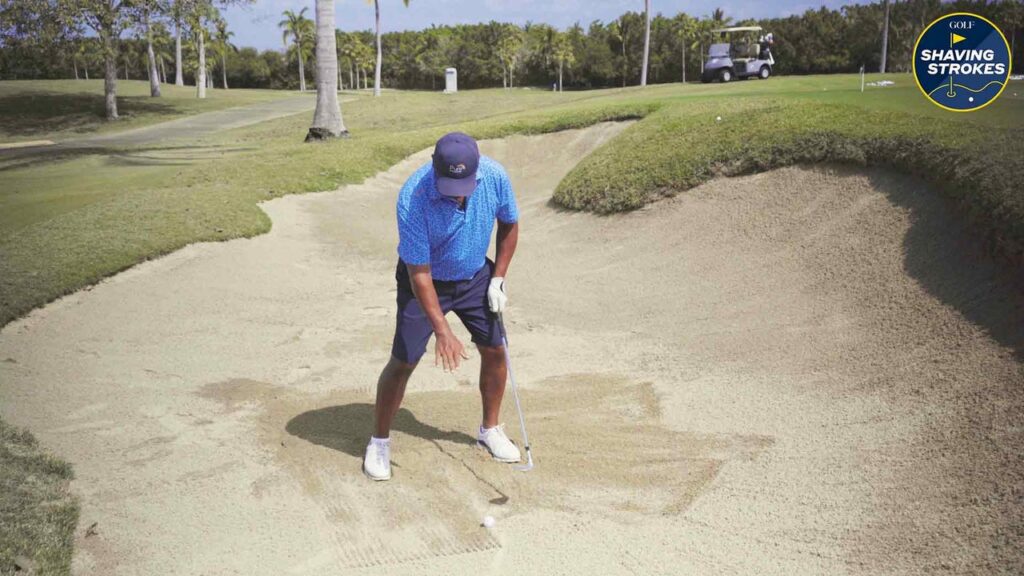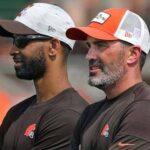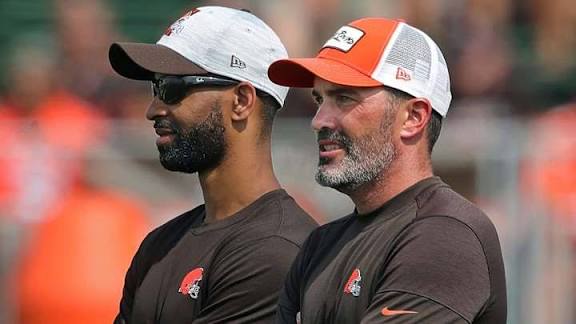After playing in a Member-Guest tournament this past weekend it’s clear my golf game’s not nearly where it should be especially when it comes to seeing success on greenside bunker shots.
While my tee shots and irons have improved, my short game has been atrocious, with lots of leading to unnecessary strokes.
For example, it took me three chances to escape a tricky greenside pot bunker on a par-3 during this past weekend’s tournament. But it didn’t just ruin that hole, but it spiraled me out of control anytime I needed to hit a bunker shot the rest of the round.
But the only way to improve on greenside bunker shots is to practice — which most amateurs don’t do. Instead of just hitting ball after ball, though, 2005 U.S. Open champion Michael Campbell says focus on the setup first, which will be the quickest way toward seeing positive results.
In the video above, Campbell breaks down how to get the ideal setup for greenside bunker shots. While these types of shots can leave you with tricky lies that intimidate even the best golfers, by using the major champion’s tips, you’ll keep things simple and have the foundation for success.
Campbell starts saying the face should be open (allowing it to glide through the sand), and your weight should be heavily favoring your lead side.
The clubface needs to be open to the target, which exposes the back of the club more, so it’ll bounce in the sand, Campbell says. Next, widen your [lead side], putting about 80 percent of your weight on that front leg. You’re going to keep it there all the way through your swing.
Next he shares where he prefers to aim and how to maintain body control so not to lean back and try to scoop the ball out of the greenside bunker which is a common mistake amateur players make.
I like to aim just slightly left of the target, and then [it’s important to keep] your center of gravity more towards the sand,” he says. “On the way through, make sure your weight goes forward and never backwards — because sometimes your instincts tell you to lift the ball up into the air by going backwards, but that’s not correct.
Finally, he visualizes where he wants the club to hit the sand before the ball, while maintaining a nice, fluid swing motion all the way through his finish.
I try to visualize entering the sand about two inches behind the ball, widening that front side [and keeping it there] and then moving your center of gravity forward Campbell says.
Finally, he visualizes where he wants the club to hit the sand before the ball, while maintaining a nice, fluid swing motion all the way through his finish.
I try to visualize entering the sand about two inches behind the ball, widening that front side [and keeping it there], and then moving your center of gravity forward,” Campbell says.


